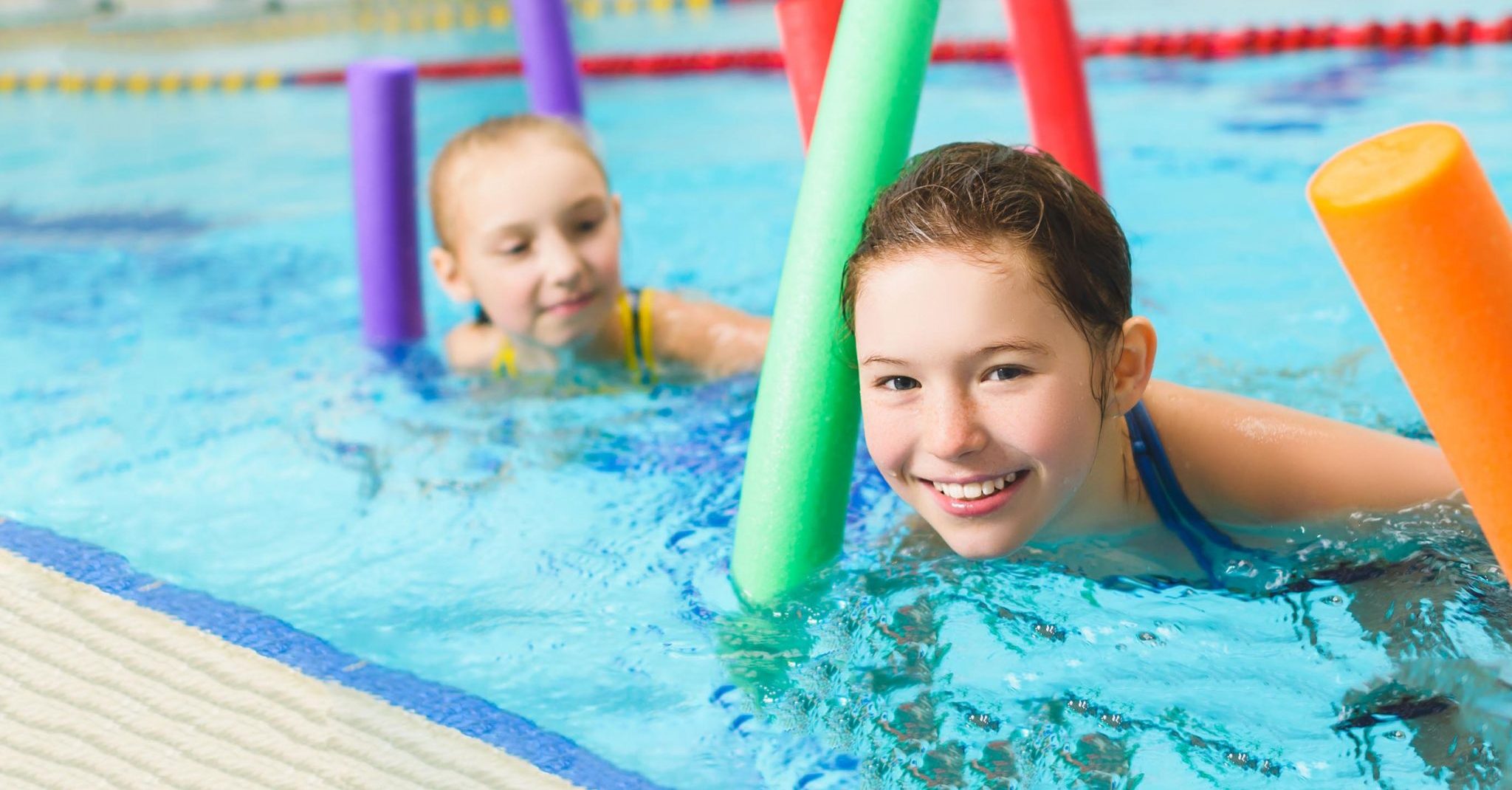Stage 1: Water Acclimation
Students develop comfort with underwater exploration and learn to safely exit in the event of falling into a body of water in stage 1. This stage lays the foundation that allows for a student’s future progress in swimming.
Blow Bubbles – mouth & nose submerged, assisted
Front Tow – blow bubbles, assisted
Water Exit – assisted
Water Entry – assisted
Back Float – assisted, head on chest
Roll – assisted
Front Float – blow bubbles, assisted
Back Tow – assisted, head on chest
Monkey Crawl – assisted, 10 ft.
Stage 2: Water Movement
Students develop comfort with underwater exploration and learn to safely exit in the event of falling into a body of water in stage 1. This stage lays the foundation that allows for a student’s future progress in swimming.
Blow Bubbles – mouth & nose submerged, assisted
Front Tow – blow bubbles, assisted
Water Exit – assisted
Water Entry – assisted
Back Float – assisted, head on chest
Roll – assisted
Front Float – blow bubbles, assisted
Back Tow – assisted, head on chest
Monkey Crawl – assisted, 10 ft.
Stage 3: Water Stamina
In stage 3, students learn how to swim to safety from a longer distance than in previous stages in the event of falling into a body of water. This stage also introduces rhythmic breathing and integrated arm and leg action.
Submerge Retrieve – object in chest-deep water
Swim on Front – 15 yd. (10 yd. preschool)
Water Exit – independently
Jump, Swim, Turn, Swim, Grab – 10 yd.
Swim on Back – 15 yd. (10 yd. preschool)
Roll
Tread Water – 1 min. & exit (30 secs. preschool)
Swim, Float, Swim – 25 yd. (15 yd. preschool)



